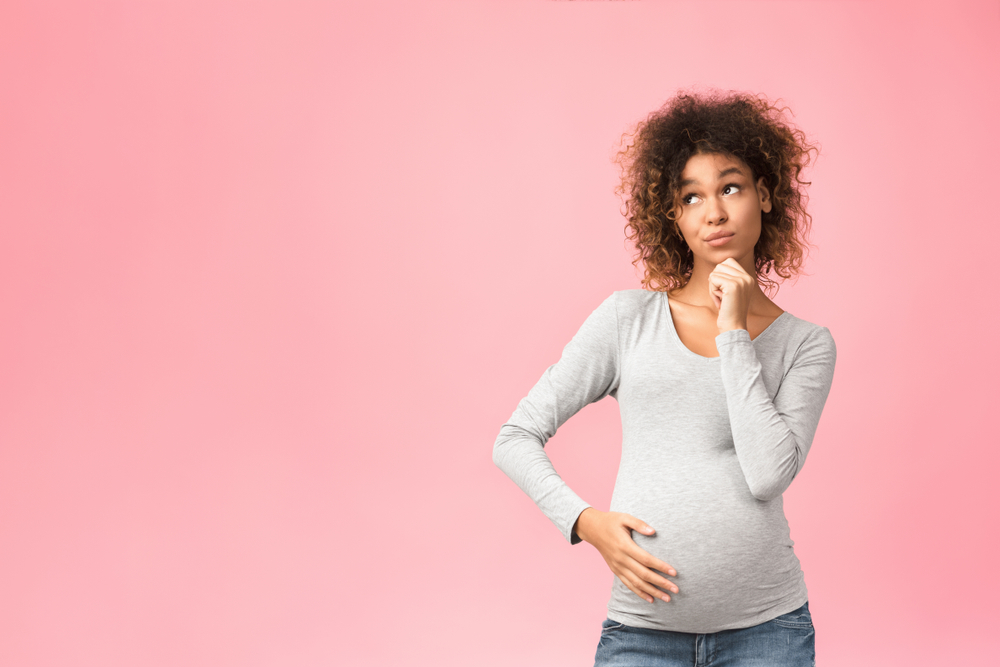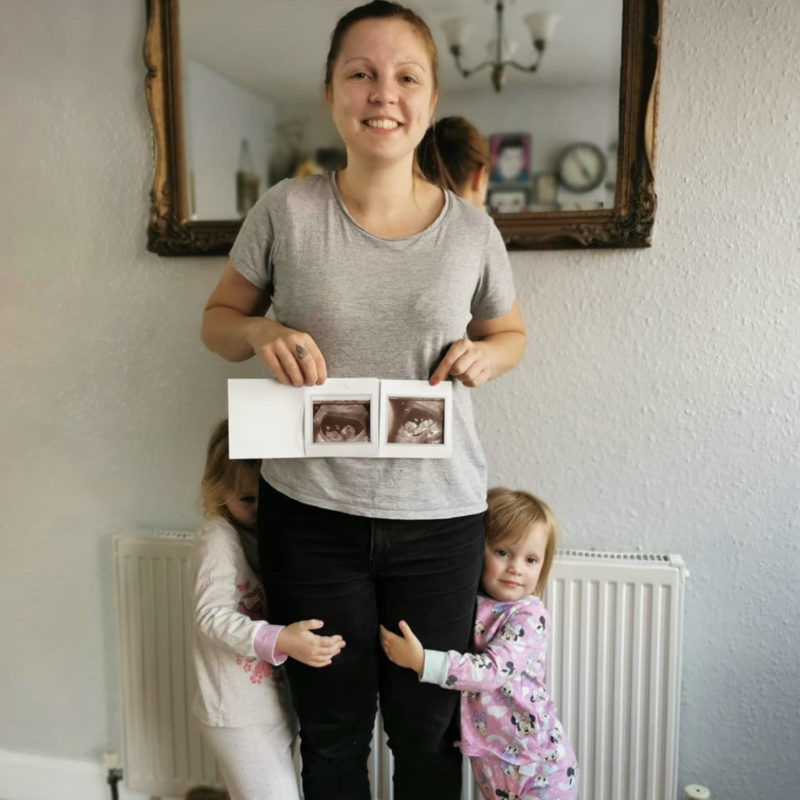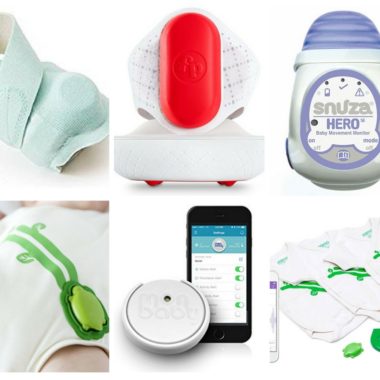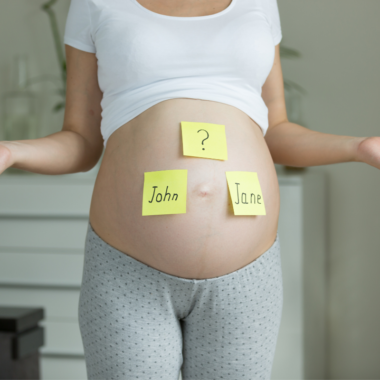When you hear the word “pregnancy”, one of the things that run through your mind is the physical appearance of a pregnant woman, the baby bump. The body undergoes series of transformations during this period, both visible and non-visible. These changes during pregnancy take their course at different stages of pregnancy while some changes prevail throughout pregnancy.
You missed your period, it could be pregnancy but you aren’t sure. The two pink lines on your pregnancy test kit appeared and you’re certain you are pregnant. Now that you know, you must have been thinking and expecting some pregnancy changes you probably read or heard about, don’t be surprised if you experience otherwise because our bodies are different.
Pregnancy changes are inevitable, and in as much as they do happen, a lot of us aren’t quite sure why they actually happen. What’s normal and what’s not.
Some physical changes you may experience during pregnancy and why they happen;
- Abdomen: This is the most obvious change during pregnancy. Depending on the body (weight), the baby bump starts to show at the beginning of the second trimester at 12-16 weeks. The protrusion is as a result of fetal development in the uterus as the month’s increase.
A dark vertical line called linea nigra may appear below the belly button – this is very normal. Women should wear comfortable dressings during this period and engage in some activities that will prevent pregnancy complications such as aches and pains. - Breasts: Changes in the breast begin to occur as early as one or two weeks after taking in. The nipples and breasts may feel sensitive and tender. The breast becomes fuller, visible dark veins are seen on the breast and nipples darken and grow longer. These changes are as a result of increased blood flow around the area and the body hormones preparing your breasts for lactation.
The hormones estrogen, progesterone, and prolactin become concentrated in the body causing the breast to increase in size and also secrete colostrum – also known as pre-milk, the first milk produced in the breast, which is nutritious and contains antibodies that protect the newborn.
Breast development increases in the second trimester. This breast enlargement may lead to soreness, mothers are advised to wear well-fitting, comfortable, and supporting bras. If you have a case of breast leakage, don’t be scared, it is a sign your body is getting ready for breastfeeding, just maintain good hygiene.
Related: Top 10 Most Stylish and Comfortable Nursing Bras - Hair and nails: Hair follicles are enhanced as estrogen production level spikes up resulting in a thicker, fuller, shiny, and longer hair. However, this is the opposite in some pregnant women.
When the estrogen level drops, the hair will shed off and return to its normal state or even reduce more than how it was before pregnancy. Nail changes are as a result of increased blood flow to fingers and toes as estrogen levels increase. Nails become longer, stronger and softer, making it break easily. These changes are not permanent. - Skin: The changes in the skin may occur in the first trimester while it’s usually noticed in the second and third trimester in others. Pregnant women usually have pregnancy glow due to increased blood circulation, improved diet, and rest. However, Some skin changes turn out to be not so great an experience. A hormone called androgens secret sebum (oil) which can clog pores resulting in inflammation or breakouts.
Other changes may include darker skin, rashes, varicose veins, acne, stretch marks – which appear in the abdomen, thighs, and/or breasts. Women should visit a dermatologist and avoid some harmful skincare products. Natural products such as Shea butter, coconut oil, etc. can help to reduce stretch marks visibility. - Feet, ankles, and hands: These parts of the body will most likely become swollen during pregnancy. The body is producing extra fluids that may become deposited in these areas, hence, become swollen. The swelling gets worse as the pregnancy months increases. Some sleeping or sitting posture, lack of exercise, or excess sleep may cause this condition.
Painful, redness, or having one foot swollen is not a good sign, women should take note of their bodies during this period as some of these complications may require a doctor’s attention. These and swelling that gets worse are signs of a blood cloth or preeclampsia which are both serious conditions.
In general, pregnant women should exercise, be hydrated, wear comfortable clothing and keep fluids balanced by intake of potassium-rich foods (bananas, sweet potatoes, etc.)
Related: Pre-eclampsia: What you should know - Facial changes: Most facial changes occur as a result of hormonal changes, oil secretion in the face glands, or increased blood circulation. The changes may include but are not limited to swollen nose, freckles, acne, redness, and puffy eyes. Changes that occur in the mouth may cause a pregnant woman to visit dental clinics more frequently during this period. Bleeding gums or gingivitis in pregnant women is caused by plaque.
Increased level of progesterone causes an increased susceptibility of pregnant women to plaque bacteria. This condition subsides after birth. Pregnant women are advised to limit sugar intake, use anti-gingivitis toothpaste or mouthwash, floss, keep their dentist updated, and most especially, maintain good oral hygiene. - Belly button: This pops out as the baby bump increases. There may be slight pain as the fetus grows because the uterus is expanding and pushing out the abdomen beyond its usual size, this puts pressure on the belly button. Wear free clothes, use a maternity support belt, and maintain good posture.
- How To Revive Your Sex Life After Baby - October 17, 2023
- The Sona App Aims To Make Your Child “Sleep Like A Baby” And We Tested It - May 14, 2023
- 7 Ways To Get Some Alone Time As A Mom - March 1, 2023








